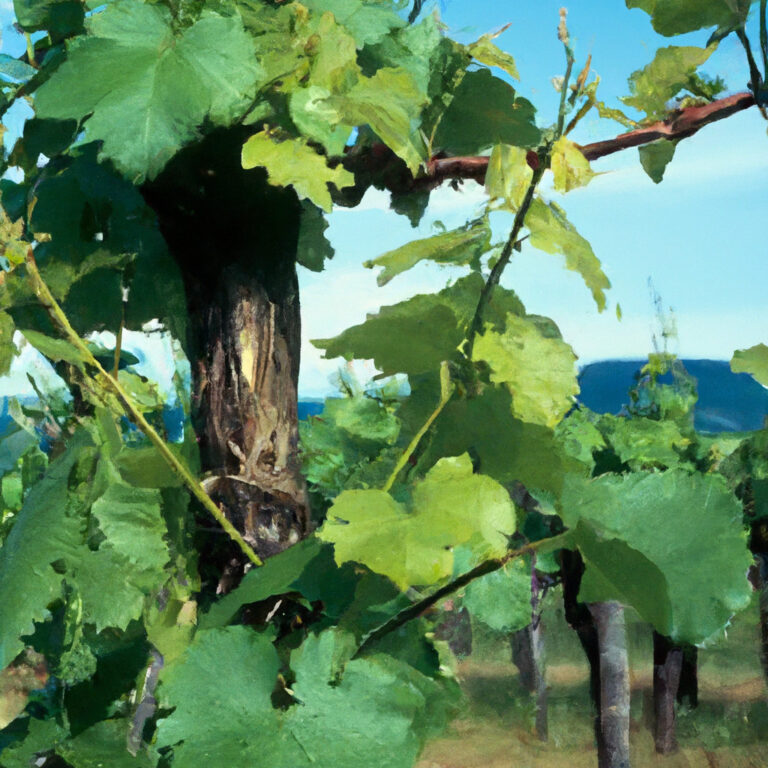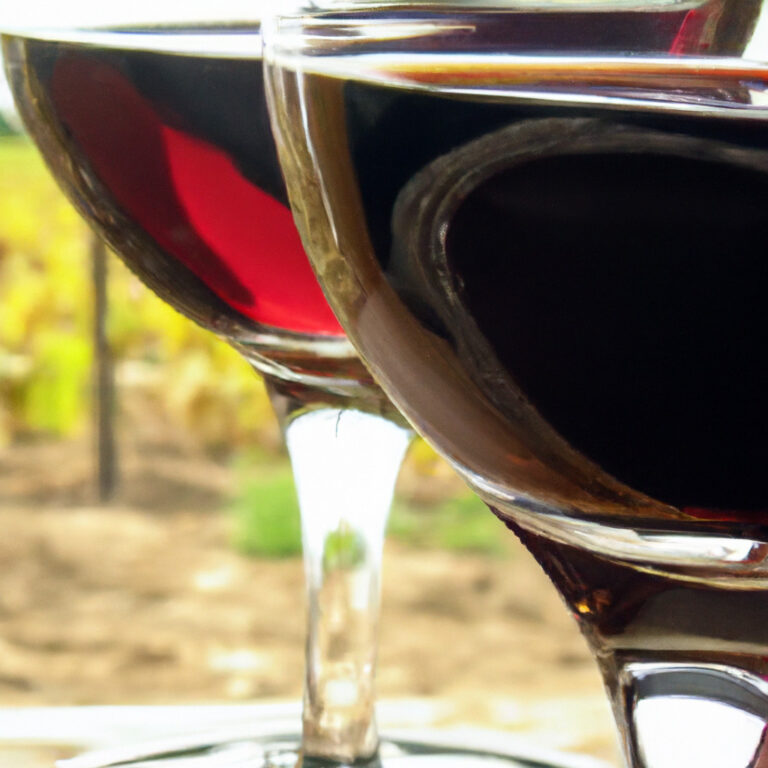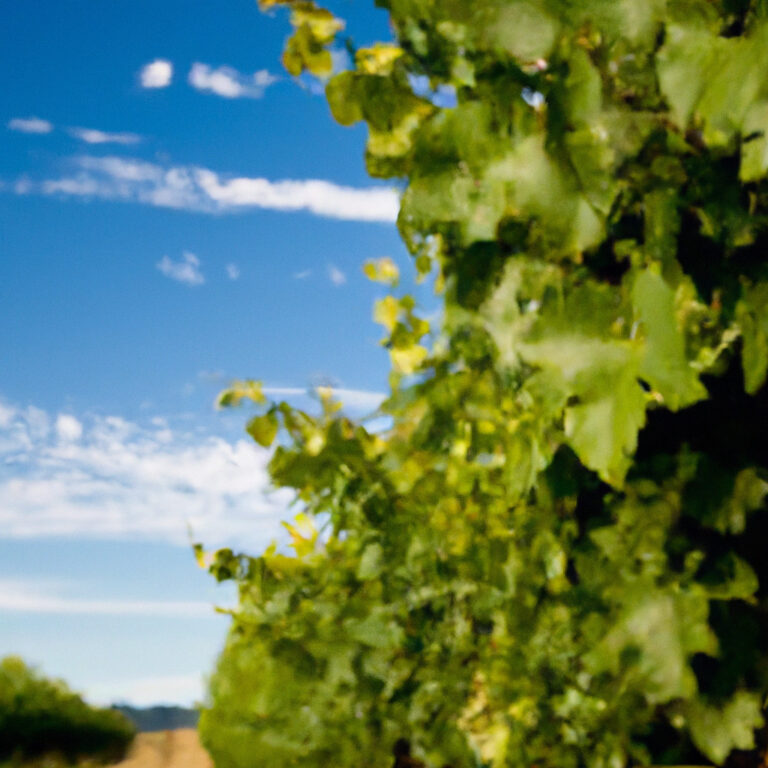Exploring the Diverse New Zealand Wine Regions
Are you a wine enthusiast looking to broaden your horizons? Look no further than the diverse wine regions of New Zealand. From the lush vineyards of Marlborough to the scenic landscapes of Hawke’s Bay, this captivating island nation offers a plethora of options to satisfy every wine lover’s palate. Immerse yourself in the unique terroir of each region, sampling award-winning Sauvignon Blanc, Pinot Noir, and Chardonnay. Whether you’re a seasoned connoisseur or enjoy a glass of wine with dinner, New Zealand’s wine regions will surely leave you with a newfound appreciation for this ancient beverage. So pack your bags and embark on an unforgettable journey through the vineyards of New Zealand. Cheers!
Background of New Zealand Wine Regions
Brief Introduction to New Zealand’s Wine Regions
New Zealand, a country known for its breathtaking landscapes and rich cultural heritage, is also gaining recognition for its outstanding wine production. With a relatively short history of wine production compared to other well-established wine regions around the world, New Zealand has established itself as a global player in the production of premium wines. Its diverse wine regions, each with unique climate and soil characteristics, offer a wide range of grape varieties and wine styles that cater to every palate. In this article, we will take a closer look at the major wine regions of New Zealand and the exceptional wines they produce.
Historical Background of Wine Production in New Zealand
Wine production in New Zealand dates back to the early 1800s when European settlers planted vineyards in the Bay of Islands. However, it was not until the 1970s that New Zealand’s modern wine industry started to take shape with the introduction of new grape varieties and improved winemaking techniques. The pioneering efforts of visionaries such as Montana Wines (now called Brancott Estate) and others led to exploring various regions and discovering their unique potential for viticulture. Today, New Zealand is globally renowned for its outstanding Sauvignon Blanc, among other varietals, and its reputation continues to grow yearly.
Importance of New Zealand’s Geographical and Climate Diversity to Wine Production
One of the key factors behind the success of New Zealand’s wine industry is its geographical and climate diversity. The country’s elongated shape, stretching across two main islands, provides a wide range of microclimates and soil types. From the sunny and maritime-influenced regions to the cooler and more elevated vineyards, each wine region of New Zealand has its own unique set of conditions that contribute to the production of wines with distinct characteristics.
This geographical diversity, combined with the country’s temperate maritime climate, influenced by the surrounding ocean currents, creates ideal conditions for grape cultivation. The long, warm summers with abundant sunshine and cool nights allow the grapes to ripen slowly and develop intense flavors while retaining their natural acidity. These conditions are particularly favorable for aromatic white wines, such as Sauvignon Blanc, which has become an emblematic variety for New Zealand.
What are New Zealand Wine Regions?
The Marlborough Wine Region
Geographical Features and Climate of Marlborough
Located on the northeastern tip of the South Island, Marlborough is the largest wine region in New Zealand. Its unique geography and climate have made it the undisputed powerhouse of New Zealand wine production. The region is characterized by vast, flat valleys surrounded by rugged mountain ranges, protecting from harsh weather conditions.
Marlborough’s cool maritime climate is influenced by the ocean currents and the mountain ranges, resulting in warm summers, cool nights, and a long growing season. The region also benefits from high sunshine hours, ensuring optimal grape ripening. Combined with the free-draining, alluvial soils, these conditions create a perfect environment for growing the Sauvignon Blanc grape, which has become the region’s flagship variety.
Main Wine Varieties Produced in Marlborough
While Marlborough is famous for its Sauvignon Blanc, the region also excels in the production of other grape varieties. Pinot Noir thrives in the cooler sub-regions of Marlborough, such as the Wairau and Awatere Valleys, where the combination of cool maritime climate and alluvial soils produces elegant and expressive wines. Chardonnay, Riesling, and Pinot Gris are also grown successfully in Marlborough, showcasing the region’s versatility and ability to produce high-quality wines across a range of styles.
Highlights of Marlborough’s Wineries
Marlborough is home to many world-class wineries and vineyards that welcome visitors with open arms. From well-established estates to boutique family-owned vineyards, there is something for everyone to discover and enjoy. Among the notable wineries in Marlborough are Cloudy Bay, known for its iconic Sauvignon Blanc, and Brancott Estate, which played a pivotal role in developing the region’s wine industry. Other prominent wineries include Villa Maria, Saint Clair, and Wither Hills, each offering their unique expressions of Marlborough’s terroir.
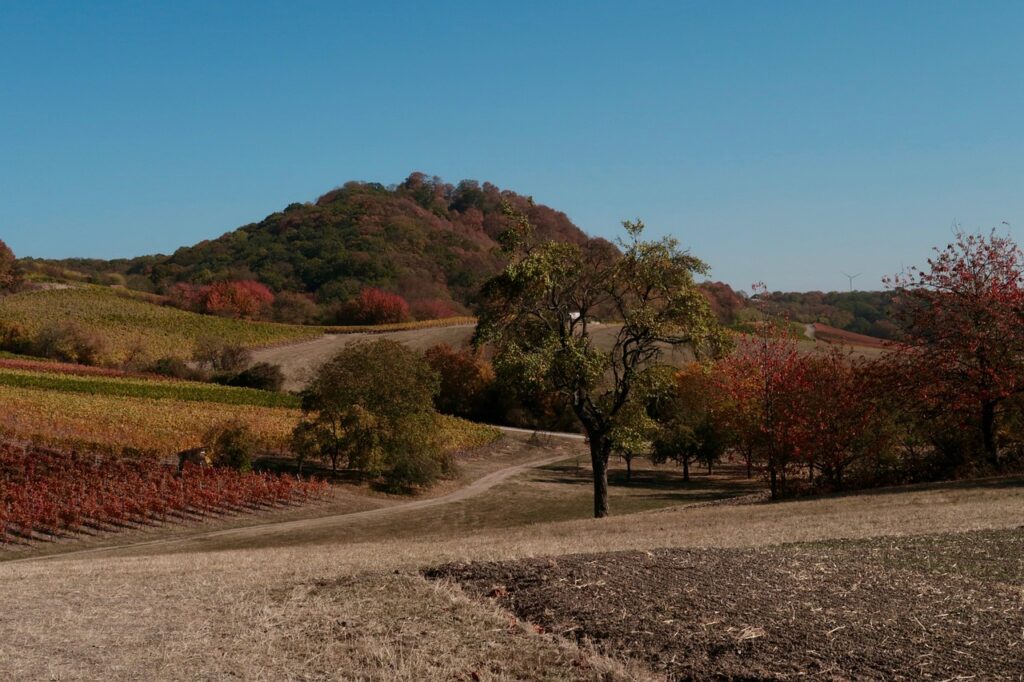
The Hawke’s Bay Wine Region
Location and Climatic Conditions of Hawke’s Bay
Situated on the east coast of the North Island, Hawke’s Bay is the oldest wine region in New Zealand, with a history dating back to the late 19th century. The region benefits from a warm, temperate climate sheltered by mountain ranges, creating ideal grape growth conditions. Hawke’s Bay experiences long, hot summers and cool winters, allowing a wide range of grape varieties to thrive.
Leading Wine Styles in Hawke’s Bay
Hawke’s Bay is renowned for its diverse range of wine styles, showcasing the region’s ability to produce exceptional red and white wines. The region’s warm climate is particularly suited for Bordeaux grape varieties, such as Cabernet Sauvignon, Merlot, and Syrah, which thrive in the region’s free-draining soils. Hawke’s Bay is often called the “Merlot capital” of New Zealand, producing rich and velvety red wines.
In addition to red wines, Hawke’s Bay also produces outstanding Chardonnay and Sauvignon Blanc, showcasing the region’s versatility and commitment to quality across a range of wine styles.
Prominent Wineries in Hawke’s Bay Region
Home to over 70 wineries, Hawke’s Bay offers an array of world-class wineries and cellar doors to explore. One of the most notable wineries in the region is Te Mata, a historic estate renowned for its premium wines, including their iconic Coleraine blend. Craggy Range, Mission Estate, and Esk Valley are renowned wineries in Hawke’s Bay, each contributing to the region’s reputation for producing exceptional wines.
The Waipara Valley Wine Region
Geographical Overview of Waipara Valley
Waipara Valley is a hidden gem in New Zealand’s wine landscape, located in the heart of the South Island’s North Canterbury region. Nestled between the Teviotdale Hills and the Pacific Ocean, the valley benefits from a unique microclimate characterized by warm, dry summers and cool autumnal nights. The region’s predominantly limestone and gravel soils add further complexity to its wines.
Top Wines Produced in Waipara Valley
Waipara Valley is known for its exceptional expressions of aromatic white wines, particularly Riesling and Pinot Gris. The region’s cool climate and mineral-rich soils allow for the development of intense flavors and vibrant acidity, resulting in wines with great finesse and balance. Waipara Valley also produces outstanding Pinot Noir, showcasing its ability to produce world-class red wines.
Renowned Waipara Valley Vineyards
Waipara Valley is home to several renowned vineyards and wineries that have gained recognition for their commitment to quality and innovation. Pegasus Bay, known for its exceptional Riesling, Pinot Noir, and Chardonnay, is one of the leading wineries in the region. Greystone Wines, Muddy Water, and Black Estate are among the esteemed producers contributing to Waipara Valley’s reputation as a destination for wine enthusiasts.
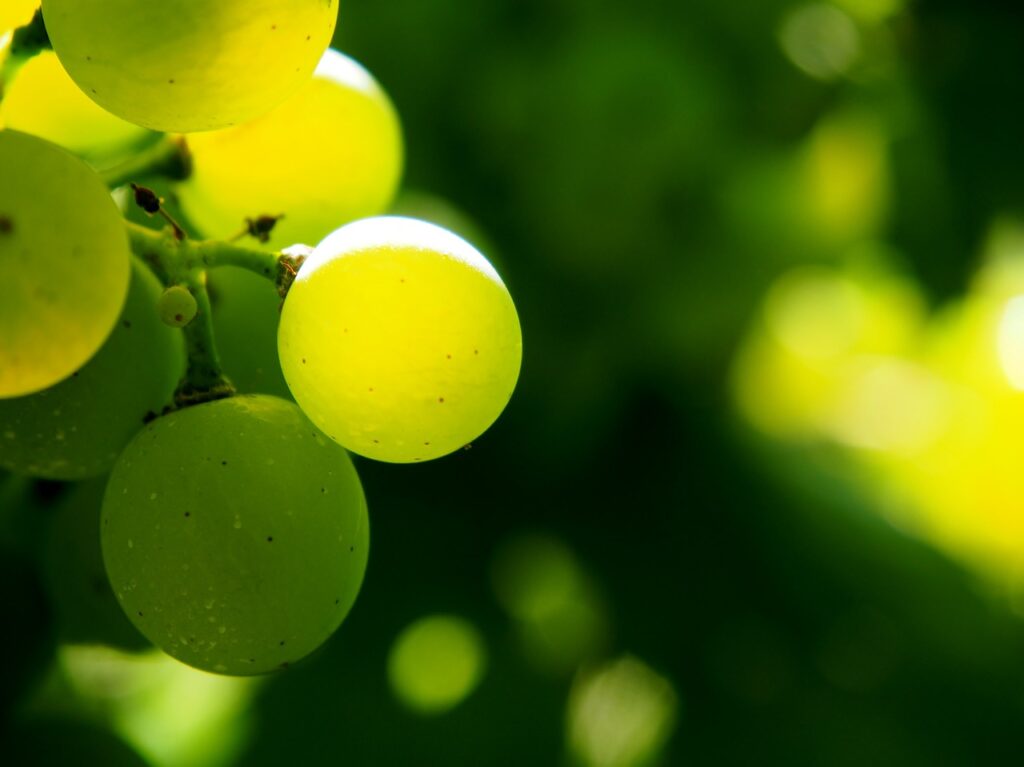
The Wairarapa Wine Region
Key Features of Wairarapa’s Topography and Climate
Located in the lower North Island, Wairarapa is a diverse and picturesque wine region renowned for its unique topography and climate. The region is characterized by rolling hills, river valleys, and a rugged coastline, creating a range of microclimates and soil types. The Cook Strait influences the climate in Wairarapa, resulting in cool breezes and a relatively dry climate.
Varieties of Wine Produced in Wairarapa
Wairarapa is known for its exceptional Pinot Noir, which thrives in the region’s cool climate and limestone-rich soils. The long, slow ripening season allows the grapes to develop complex flavors and a distinct elegance. The region also produces outstanding examples of Sauvignon Blanc, Chardonnay, and Pinot Gris, showcasing the versatility of Wairarapa’s wine production.
Noteworthy Wineries in Wairarapa
Wairarapa is home to several renowned wineries that have gained international acclaim for their wines. Ata Rangi, one of the pioneers of the region’s wine industry, is celebrated for its exceptional Pinot Noir and Chardonnay. Martinborough Vineyard, Dry River, and Escarpment are among the esteemed wineries in Wairarapa, contributing to the region’s reputation as a producer of fine wines.
The Gisborne Wine Region
Overview of Gisborne’s Geographical and Climatic Conditions
Located on the east coast of the North Island, Gisborne is known for its fertile plains and abundant sunshine, earning it the title of “Chardonnay capital” of New Zealand. The region’s mild, sunny climate and loamy soils create optimal conditions for grape growing, resulting in wines with ripe fruit flavors and a distinctive richness.
Predominant Wine Styles in Gisborne
Gisborne is renowned for its exceptional Chardonnay, which thrives in the region’s warm climate. The wines display ripe fruit flavors, refreshing acidity, and a creamy texture, making them a true expression of the region’s terroir. Gisborne also produces outstanding examples of Gewürztraminer and Chenin Blanc, showcasing the region’s ability to produce aromatic white wines of exceptional quality.
Famous Vineyards in Gisborne Region
Gisborne is home to several famous vineyards that have contributed to the region’s reputation for producing outstanding wines. Matawhero, a historic estate established in the late 1960s, is known for its elegant Chardonnay and Gewürztraminer. Millton Vineyards, Spade Oak, and Milton Estate are renowned wineries in Gisborne, each offering unique expressions of the region’s terroir.
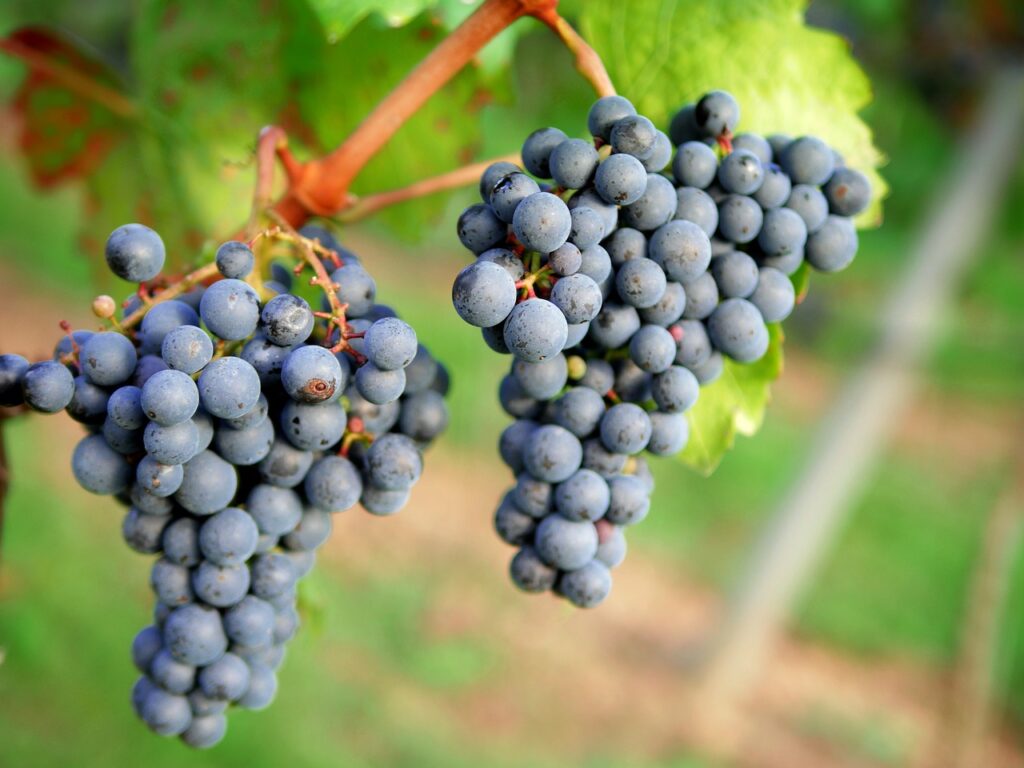
The Nelson Wine Region
Geographical Characteristics and Climate of Nelson
Located at the top of the South Island, Nelson is a wine region surrounded by stunning natural beauty. The region benefits from a sunny, mild climate and a unique microclimate created by the mountain ranges that protect it from prevailing winds. Nelson’s gentle slopes and well-drained soils contribute to the production of wines with vibrant fruit flavors and balanced acidity.
Primary Wines Produced in Nelson
Nelson is known for its exceptional aromatic white wines, particularly Sauvignon Blanc, Riesling, and Pinot Gris. The region’s cool nights and warm days produce grapes with intense aromas and ripe fruit flavors. Nelson also produces outstanding Chardonnay and Pinot Noir, showcasing the region’s versatility in producing a range of wine styles.
Key Nelson Vineyards
Nelson is home to many notable vineyards and wineries that have gained recognition for their commitment to quality and innovation. Neudorf Vineyards, known for its elegant and complex wines, is one of the leading wineries in the region. Brightwater Vineyards, Greenhough, and Seifried Estate are renowned producers in Nelson, each contributing to the region’s reputation for producing outstanding wines.
The Central Otago Wine Region
Central Otago’s Unique Geographical Features and Climate
Located in the rugged and mountainous landscape of the South Island, Central Otago is the southernmost wine region in the world. The region’s unique geography, with its dramatic slopes and varied altitudes, creates a range of microclimates and soil types. Central Otago experiences a continental climate, with hot, dry summers and cold winters, resulting in a significant diurnal temperature variation.
Wine Varieties Produced in Central Otago
Central Otago is renowned for its exceptional Pinot Noir, which thrives in the region’s continental climate and schist-based soils. The wines produced in Central Otago are known for their elegance, complexity, and vibrant fruit flavors. The region also produces outstanding examples of aromatic white wines such as Riesling, Pinot Gris, and Gewürztraminer, which showcase the diversity and potential of Central Otago’s wine production.
Best-Known Vineyards in Central Otago
Central Otago is home to some of New Zealand’s most iconic vineyards, known for their exceptional wines and breathtaking views. Felton Road, recognized globally for its outstanding Pinot Noir, is one of the leading wineries in the region. Rippon, Mt. Difficulty, and Akarua are also among the esteemed producers in Central Otago, each contributing to the region’s reputation as a producer of world-class wines.
The Canterbury Wine Region
Climate and Geographical Aspects of Canterbury
Located east of the South Island, Canterbury is a diverse wine region characterized by its unique climate and geographical features. The region’s proximity to the Southern Alps protects from prevailing winds, creating a relatively dry climate with warm summers and cool autumnal nights. The vineyards of Canterbury are situated on river terraces, gravelly plains, and limestone-rich slopes, which contribute to the distinctive character of the region’s wines.
Top Wines Produced in Canterbury
Canterbury is known for its exceptional aromatic white wines, particularly Riesling and Pinot Gris. The region’s long, slow ripening season allows the grapes to develop intense flavors, vibrant acidity, and a distinct mineral character. Canterbury also produces outstanding Pinot Noir, showcasing the region’s ability to produce elegant and complex red wines.
Canterbury’s Key Vineyards
Canterbury is home to several esteemed vineyards and wineries that have gained recognition for their commitment to quality and sustainability. Pegasus Bay, known for its exceptional Riesling and Pinot Noir, is one of the leading wineries in the region. Waipara Springs, Greystone Wines, and Black Estate are also renowned producers in Canterbury, each contributing to the region’s reputation for producing outstanding wines.
Sustainable Wine Growing in New Zealand
New Zealand’s Commitment to Sustainable Wine Growing
New Zealand has gained international recognition for its commitment to sustainable wine-growing practices. As a country known for its pristine environment, New Zealand’s wine industry understands the importance of protecting its natural resources and ensuring the long-term viability of its vineyards. Many wineries have embraced sustainable practices, including organic and biodynamic agriculture, biodiversity conservation, water management, and energy efficiency.
Impact on Wine Quality
Sustainable wine-growing practices not only benefit the environment but also have a positive impact on wine quality. By promoting healthy ecosystems and soil health, sustainable practices contribute to the expression of terroir and the production of wines with unique flavors and characteristics. These practices also ensure the long-term sustainability of vineyards, allowing future generations to continue producing exceptional wines.
Sustainable Practices in Various Wine Regions
Sustainable wine-growing practices can be observed across the diverse wine regions of New Zealand. From Marlborough to Central Otago, wineries have implemented various strategies to minimize environmental impact and promote sustainability. These include the use of natural pest control, such as the introduction of beneficial insects, the implementation of water-saving irrigation systems, and the adoption of renewable energy sources. The commitment to sustainability is evident in the certification programs, such as Sustainable Winegrowing New Zealand, which provide guidelines and best practices for wineries.
In conclusion, New Zealand’s wine regions offer a fascinating tapestry of diverse landscapes, climates, and grape varieties. From the vibrant Sauvignon Blancs of Marlborough to the elegant Pinot Noirs of Central Otago, each region showcases its unique terroir and contributes to the country’s reputation for producing exceptional wines. With a strong commitment to sustainable wine-growing practices, New Zealand’s wine industry continues to flourish, delivering wines that capture the essence of the land and delight wine enthusiasts worldwide. Whether you are an avid wine lover or an aspiring wine explorer, New Zealand’s wine regions offer an unforgettable experience that will leave you with a newfound appreciation for their craftsmanship and dedication to quality.


